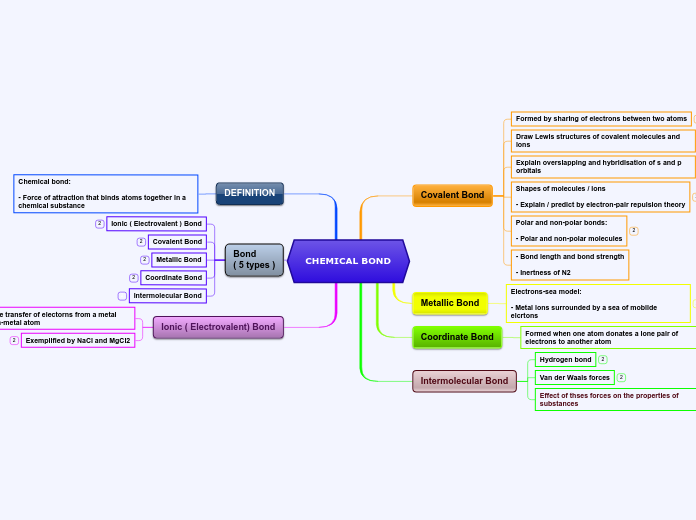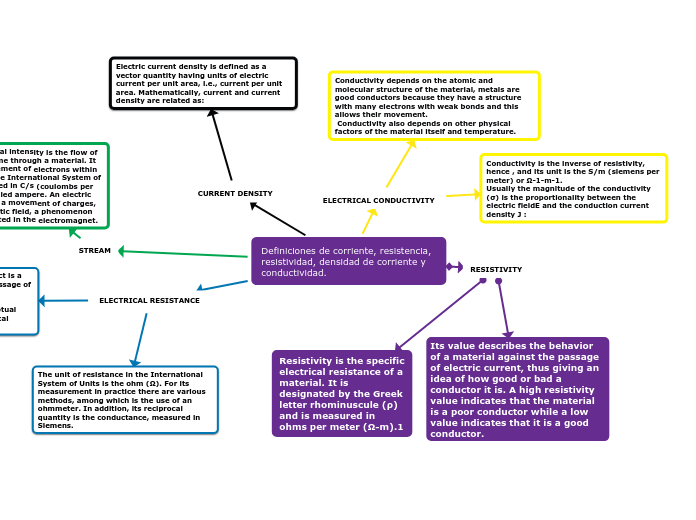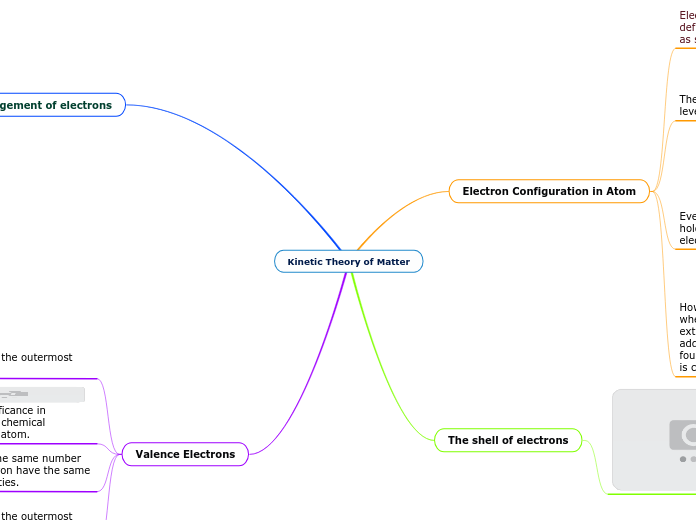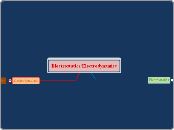CHEMICAL BOND
The part of speech is a category to which a word is assigned according to its syntactic functions. In English the main parts of speech are noun, pronoun, adjective, determiner, verb, adverb, preposition, conjunction, and interjection.
Ionic ( Electrovalent) Bond
An adverb is used to describe a verb, but it can also describe an adjective or another adverb.
Adverbs normally help paint a fuller picture by describing how something happens.
Exemplified by NaCl and MgCl2
Always, usually, Never
Formed by the transfer of electorns from a metal atom to a non-metal atom
Carefully, Slowly
Bond
( 5 types )
A preposition is one of the most exciting parts of grammar. A preposition is used to describe the location of something in relation to something else.
A group of words used with the force of a single preposition is called phrase preposition.
according to, by means of, owing to, with a view to, in place of, in front of, etc.
Participle preposition consists of words that end in “ing”.
regarding, barring, concerning, considering, etc.
When a preposition consists of more than one word, it is called double preposition.
into, within, upto etc.
Compound preposition consists of two or more words.
on behalf of, according to, in front of, from across, etc.
Ionic ( Electrovalent ) Bond
When a preposition consists of one word it is called single or simple preposition.
in, at, on, to for, of, from, up, after, over, under, with, etc.
DEFINITION
A numeral is a word or phrase that describes a numerical quantity.
Some theories of grammar use the word 'numeral' to refer to cardinal numbers that act as a determiner to specify the quantity of a noun, for example the 'two' in 'two hats'.
Chemical bond:
- Force of attraction that binds atoms together in a chemical substance
Intermolecular Bond
A pronoun is a word that can be used in place of a noun, typically after the noun itself has already been stated.
Effect of thses forces on the properties of substances
Demonstrative pronouns are used to demonstrate (or indicate). This, that, these, and those are all demonstrative pronouns.
This, These
Van der Waals forces
Possessive pronouns are used to show possession. The possessive pronouns are mine, yours, his, hers, ours, and theirs.
His, Your
Hydrogen bond
The personal pronouns are I, you, he, she, it, we, they. More often than not (but certainly not always), they replace nouns representing people.
He, They
Coordinate Bond
An adjective is a word that's used to describe a specific noun and to provide more detail to the listener.
Formed when one atom donates a lone pair of electrons to another atom
Expresses a comparison between two entities or groups of entities in quality or degree.
He is taller than she is.
Metallic Bond
A noun is defined as a person, place, thing or idea. Proper nouns always begin with a capital letter. Common nouns, which are general words, such as 'cars,' are not capitalized.
Electrons-sea model:
- Metal ions surrounded by a sea of mobilde elcrtons
Proper nouns are the names of specific people or places. They should always begin with a capital letter.
Mary, Paris
Covalent Bond
A verb is an action word or 'doing' word that signifies movement in some way.
- Bond length and bond strength
- Inertness of N2
Polar and non-polar bonds:
- Polar and non-polar molecules
An auxiliary verb helps the main (full) verb and is also called a 'helping verb.' With auxiliary verbs, you can write sentences in different tenses, moods, or voices.
You have been practicing hard.
Shapes of molecules / ions
- Explain / predict by electron-pair repulsion theory
A participle is a verb form that can be used as an adjective or to create a verb tense. There are two types of participles: Present participle (ending -ing) and Past participle (usually ending -ed, -d, -t, -en, or -n).
The winning athlete gets a trophy.
Explain overslapping and hybridisation of s and p orbitals
A modal is a type of auxiliary (helping) verb that is used to express: ability, possibility, permission or obligation. The main modal verbs in the English language are: can, could, may, might, must, shall, should, will, would.
I might go to the park if I get my homework done.
Draw Lewis structures of covalent molecules and ions
A linking verb connects the subject with a word that gives information about the subject, such as a condition or relationship.
You look exhausted after studying all night.
Formed by sharing of electrons between two atoms
A verb with its own meaning: a verb that is not an auxiliary verb.
Create sentences
They have it.









